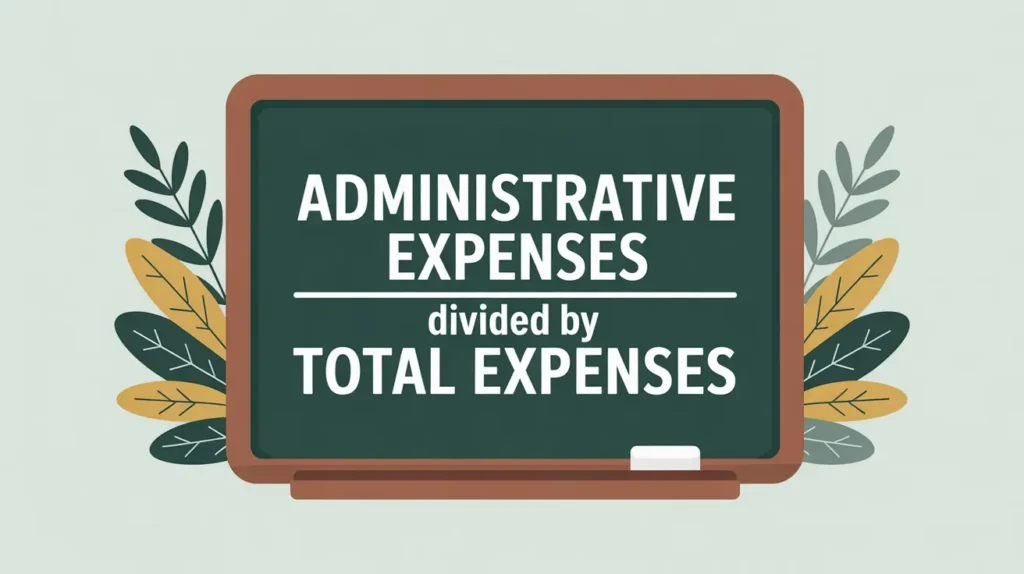Importance of Ending Net Assets
Ending net assets represent the cumulative financial position of a nonprofit at the close of a fiscal year, after accounting for all revenues, expenses, gains, and losses. This figure captures the organization’s overall financial health and reflects the result of both current-year performance and historical stewardship. For nonprofits in social innovation and international development, ending net assets matter because they reveal whether the organization is building resilience, maintaining stability, or facing financial strain. Donors, boards, and regulators pay close attention to this figure as it signals capacity to sustain programs, invest in innovation, and respond to future challenges. Ending net assets serve as the foundation for beginning net assets in the next fiscal year, making them a pivotal point of continuity in financial reporting.
Definition and Features
Ending net assets are reported in the Statement of Activities as the final balance after adding or subtracting the year’s change in net assets to the beginning net assets. They are divided into two categories: with donor restrictions (resources earmarked for specific purposes or timeframes) and without donor restrictions (funds available for discretionary use). Ending net assets differ from annual revenues, which represent inflows during the year, and from liabilities, which reflect obligations. This balance shows the cumulative resources under nonprofit stewardship at a point in time. Accounting standards require transparency in reporting both restricted and unrestricted components to give stakeholders a clear view of organizational flexibility and constraints.
How This Works in Practice
In practice, ending net assets are the result of year-end reconciliation in financial statements. For example, if a nonprofit begins the year with $2 million in net assets and generates a $250,000 surplus, the ending balance would be $2.25 million. Finance teams ensure accurate allocation between restricted and unrestricted categories, reflecting how much of the balance is available for general use versus bound by donor intent. This figure feeds directly into the next fiscal year’s beginning net assets, reinforcing continuity across reporting periods. Boards and funders often analyze trends in ending net assets over multiple years to assess whether the organization is building reserves, depleting resources, or maintaining steady capacity. Persistent declines may trigger questions about sustainability, while steady growth signals strong stewardship.
Implications for Social Innovation
For nonprofits in social innovation and international development, ending net assets have significant strategic implications. A robust unrestricted balance provides the flexibility to invest in innovation, scale programs, or respond to crises, while high levels of restricted net assets may indicate strong donor support but limited discretion for leadership. Transparent reporting of ending net assets reduces information asymmetry by showing stakeholders the true state of financial capacity, not just annual performance. It also helps boards and funders evaluate whether the organization has the resilience to manage risks in complex, dynamic environments. By communicating the meaning behind ending net assets, nonprofits reinforce accountability and highlight their ability to sustain mission-driven impact over the long term.







